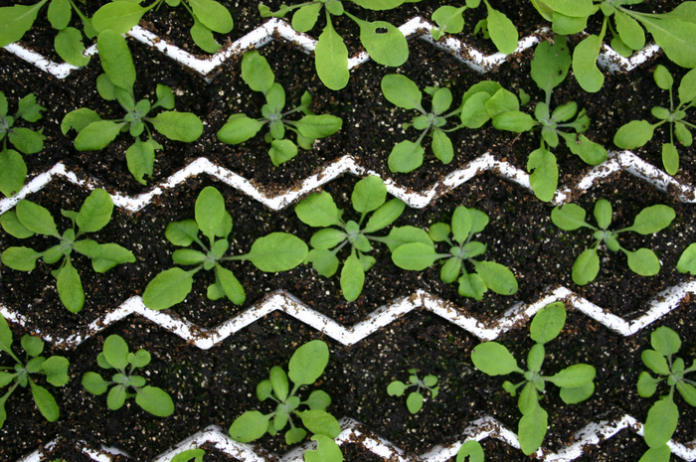INRAE researchers have devised a new way to document leaf and plant organ development using open-source software
The development and growth of living organisms result from a number of coordinated processes that “interact within several orders of magnitude in time and space over the course of growth”, and one obstacle can have catastrophic consequences.
However, the intricacies of these processes have long evaded researchers until now. By using advanced targeted algorithms and photo-capture technology, researchers have been able to observe plant organ development in real-time.
Tracking plant organ growth with the open-source software ‘MorphoLeaf’
The new process requires drawing upon numerous individual plants and researchers photographing leaves representing the range of developmental stages.
By applying targeted algorithms to the photo catalogue, the team from INRAE were able to assign an age to each leaf and reconstruct development over time.
It was at this stage the team utilised the open-source software programme known as MorphoLeaf, which they developed in 2016 in collaboration with ENS de Lyon, to help comprehensively document leaf development in the model plant Arabidopsis thaliana.
Over a period of several weeks, scientists collected leaves from hundreds of wild-type and mutant strains; the latter had genetic modifications affecting leaf shape.
This method allowed ease of implementation and requires no sophisticated equipment other than a standard microscope and a flatbed scanner for taking pictures.
Understanding plant organ development through images
The images collected told a precise story of leaf development, clarifying key points in space and time that contribute greatly to development in general.
Notably, the analysis revealed that wild-type and mutant plants may have identical early developmental trajectories that then diverge at specific later stages.
This detailed understanding of plant development can inform future strategies for optimising plant growth.
This detailed understanding of plant development can inform future strategies for optimising plant growth.
The researchers’ approach is extremely flexible and can be adapted to any organ type, including in animals. It could thus be a valuable tool in studies seeking to demystify organ and organismal development.INRAE – Jubault











